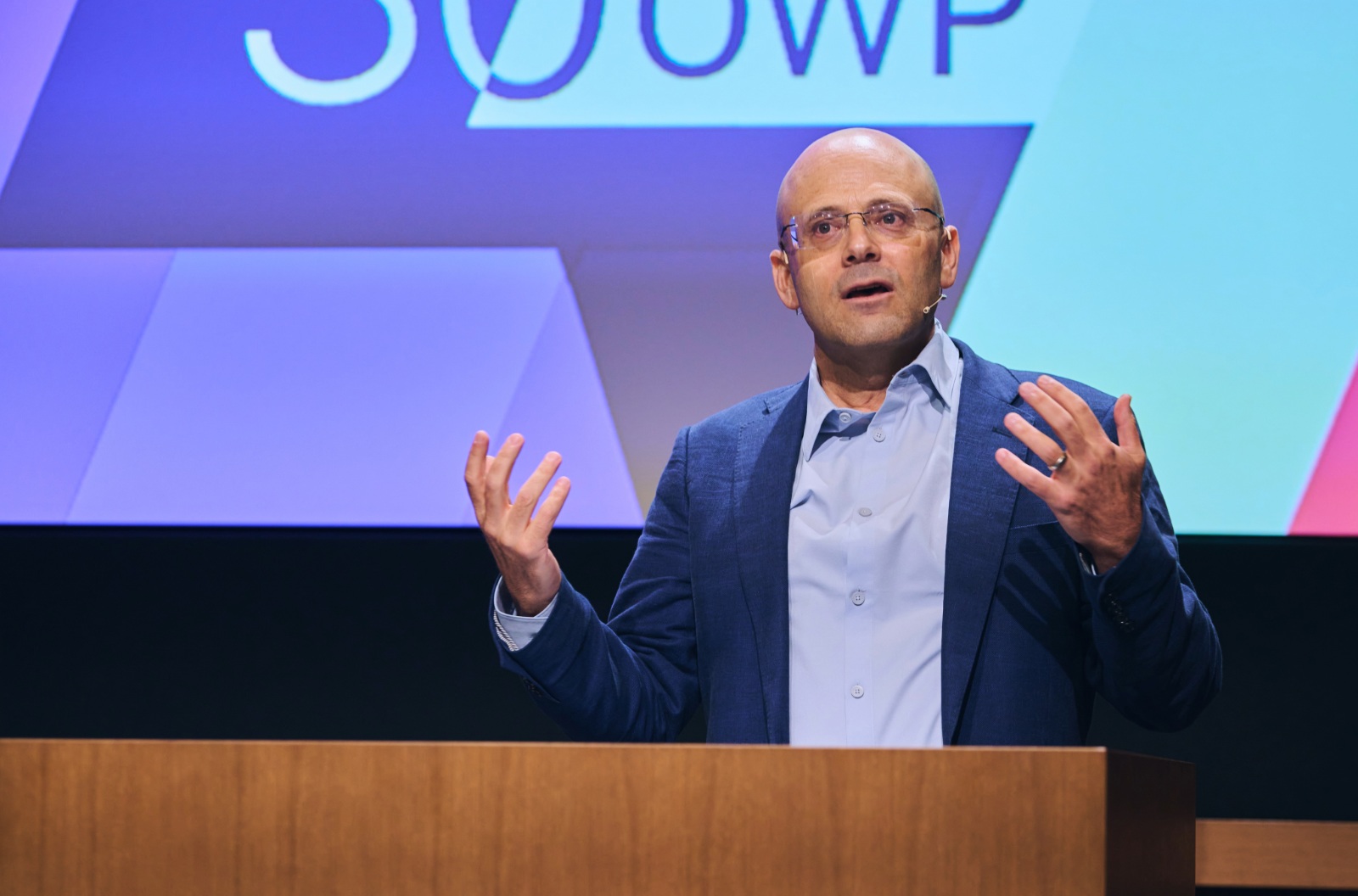
Dragon dream
Taiwan’s personal computer (PC) industry represents a paradox. Its firms have been participating in the global production system for decades and have seen unparalleled growth. Yet most Taiwanese PC companies have not developed a global brand presence and continue as only suppliers or contract manufacturers for western firms.
Acer bucked the trend and developed into a global brand. To do that it followed its founder Stan Shih’s “dragon dream”. This involved producing PCs for other companies while simultaneously building its own brand, tailoring its products and strategy to local markets, and having a flexible structure to face industry challenges. If Shih had chased near-term gains instead of focusing on the long term, Acer would have never become the powerhouse it is today.
Humble beginnings
Acer started off as Multitech when Shih, his wife Carolyn Yeh, and a group of developers established it in 1976. With a startup capital of $25,000, they set up an office at Hsinchu City, Taiwan. It began as a distributor of electronic parts and a microprocessor technology consultant but quickly evolved into a manufacturer of PCs. The company incorporated as Acer in 1987.
Like other local firms, Acer took advantage of cheap labor and rent in Taiwan. It grew steadily throughout the 1980s, building its reputation as a contract manufacturer for U.S.-based computer makers. It also marketed its own brand by manufacturing PCs.
Tailoring to local markets
The firm’s strategy of “Global Brand, Local Touch” focused on creating favorable brand-name recognition around the world by tailoring products, services, and management style at the country level.
It began doing this in Europe. Unlike North Americans, Europeans paid less attention to U.S. brands. In addition, the scale of the distributors on the continent was crucial. Fragmented and smaller in size, European distributors were more receptive to the offerings of Taiwanese companies, and the relatively small size of European countries forced manufacturers to focus on one limited geographical region at a time, pilot market offerings, and adjust their strategy accordingly. Leading international brands were at a disadvantage when they required local customization.
Acer also created a unique shipping and assembly system which helped it react to various countries’ regulations and local market requirements. By 1990, Acer was the world’s 13th largest PC maker.
Challenges of a dual approach
Acer’s dual approach—developing its own brand while providing contract-manufacturing services to other companies— was decisive to its success but difficult to sustain. The operations of the two businesses were vastly different, which incurred great organizational costs.
To develop an international presence, Acer organized itself along the “client-server” approach. By 1995, Acer was divided into 11 semi-independent business units. Under the “client-server” model, each unit might buy from another at one time and sell to it at another. The idea was to create a network-style organizational structure rather than a hierarchical one.
While this approach allowed Acer to introduce many innovations, the firm’s structures and processes were far more complex than those of other contract manufacturers (manufacturing still represented 35% of its revenues) and its profit margins were much lower. Thus Stan Shih’s “dragon dream” appeared to be driving the company’s investment in brand building rather than near-term economic performance.
Flexible business structure
Toward the end of the 1990s, Acer’s own-brand business was hurting its contract-manufacturing services. Since it was supplying its competitors at the same time as marketing its own competing products, client conflicts severely limited Acer’s growth potential.
In the early 2000s, the technology slump affected PC companies worldwide. Acer’s profit for the first nine months of 2001 fell 90% compared to 2000. At its shareholders’ meeting in June 2001, Acer’s management proposed spinning off the contract-manufacturing business, which it did in 2002 by establishing Wistron Corporation. Although Wistron still made most of Acer’s machines, the spin-off allowed Acer to order outside the company. With an enlarged supplier base, Acer could exercise pressure to lower costs because of the knowledge acquired from its manufacturing operations. This helped Acer improve the competitiveness of its product vis-à-vis other international PC firms.
The spin-off also set the stage for Wistron to sell its services. In the past, when PC firms outsourced manufacturing to Acer, they were buying from a competitor. Since Wistron had no plans to sell its own line of machines, it became an attractive business partner. Spinning off Wistron was the logical response to the increasing pressure in the industry. It allowed Acer and Wistron to act independently and exploit market opportunities more aggressively.
Acer demonstrated it was possible to achieve economies of scale and develop branding and marketing capabilities by pursuing both contract-manufacturing services and own-brand businesses simultaneously. Acer’s contract-manufacturing operations allowed it to achieve the minimum production scale necessary to withstand the increasing competition from other international PC firms that aggressively outsourced manufacturing to Taiwan. At the same time, Acer continued to invest in branding and marketing capabilities, even though this investment limited the expansion of its contract-manufacturing services.
Long-range strategic vision
The story of Acer speaks loudly about the importance of having a long-range strategic vision. It invested in branding and marketing early on, pursuing a complex, dual strategy and sacrificing near-term benefits. This choice allowed Acer to take advantage of a window of opportunity to engage in an alternative learning path in branding and marketing, first in Europe, then in the U.S.
Acer is now the fourth largest PC vendor in the world.
Stan Shih will be a keynote speaker at IMD’s upcoming Orchestrating Winning Performance (OWP) program in Singapore on 17-22 November 2014.
Howard Yu is professor of strategic management and innovation at IMD.
Willy C. Shih is the Robert and Jane Cizik Professor of Management Practice in Business Administration at Harvard Business School.
This article was extracted from an article originally published in Harvard Business School Business History Review
Research Information & Knowledge Hub for additional information on IMD publications
Despite geopolitical upheavals that threaten global growth, companies continue to see business opportunities across borders. As leaders strategize how to position their operations amid war, trade disputes, disease outbreaks, and climate change, ha...
in I by IMD
Research Information & Knowledge Hub for additional information on IMD publications
in I by IMD
Research Information & Knowledge Hub for additional information on IMD publications
Research Information & Knowledge Hub for additional information on IMD publications
Research Information & Knowledge Hub for additional information on IMD publications
in I by IMD
Research Information & Knowledge Hub for additional information on IMD publications
Research Information & Knowledge Hub for additional information on IMD publications
in I by IMD
Research Information & Knowledge Hub for additional information on IMD publications
in I by IMD
Research Information & Knowledge Hub for additional information on IMD publications
in I by IMD
Research Information & Knowledge Hub for additional information on IMD publications
in I by IMD
Research Information & Knowledge Hub for additional information on IMD publications










